There are many policies and procedures that are implemented at a bar, restaurant, or club. From state laws to house policies, it’s important to make sure you have procedures, training, and follow-up in place. We'll discuss various methods to increase safety and well trained employees.
Written Procedure
One of the best things you can do as a business owner or manager is to make sure that your policies, procedures, and basic information are written down. This is helpful with legal issues as well as making sure that each employee is presented with the same information for consistency.
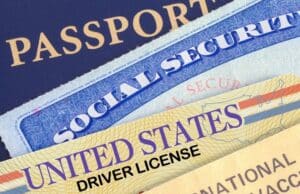
In your written procedure on carding, you should document the process of checking an ID, tools to use, things to look for, where the employee can receive additional help, and expectations on how and when to card. It’s important to note what types of IDs are acceptable in your state and are approved by state regulations.
- Valid State issued drivers license or identification card
- Valid Military ID
- Valid Tribal ID
- Valid Passport or Passport Card
When to Card
At Serving Alcohol we believe your employees should card: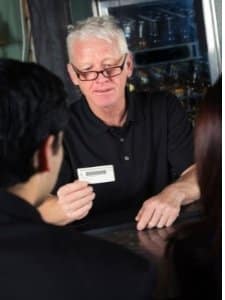
- As a condition of entry.
- After 9:00 p.m., as a condition of entry, everyone gets carded when the format changes from food service to entertainment. When changing to night entertainment.
- At your first contact with guests (at a table or bar).
- To gain control of a disruptive customer and remove them from the premises.
- To re-card customers who appear underage and nervous.
- To obtain the names and addresses of disinterested witnesses. The names and addresses may help protect you at a later date.
- When a customer is injured.
- To identify and document to whom you are turning over the care of a customer.
Elements of an ID
You should always feel, examine, ask questions, and return or refuse an ID. It should not be something that happens in a matter of seconds. Instead, take your time to review the seven key elements of identification.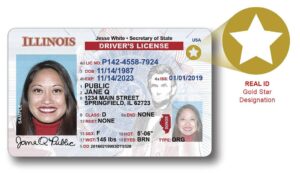
- Is this a valid ID?
- Is this ID expired?
- Does this ID include any underage indicators?
- Does the date of birth make this person over the age of 21?
- Does the height match the person?
- Do the facial features of this person appear to be a good match to the person in front of me?
- Do any conditions or restrictions imply this person can not be sold alcohol?
Follow Up Questions
If a false ID is presented it’s important to ask follow-up questions to verify the ID? Common questions include: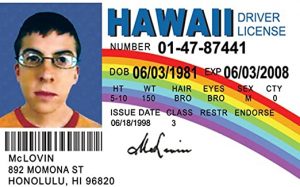
- What is your zip?
- What is your middle initial?
- What county do you live in?
- What year did you graduate high school?
- Are you a donor on your id?
- What is the capital of the you live in?
Training
One of the best ways to ensure your employees are ready and able to card your customers is to undergo training. This can be done in-house, with the assistance of your local police department or ABC enforcement branch, or with the help of an outside source such as Serving Alcohol.
Team Meetings
It’s also important to frequently be talking about identifications during team meetings. At this time you can discuss false or fake IDs circulating the area, new IDs and how they are different, and security features that are not easily faked. We have a great association with PatronScan and can provide excellent scanning equipment.
For more information on carding such as tools for checking identifications and real-life examples of what your state and neighbor state IDs look like, please check out Serving Alcohol's Alcohol Training courses.

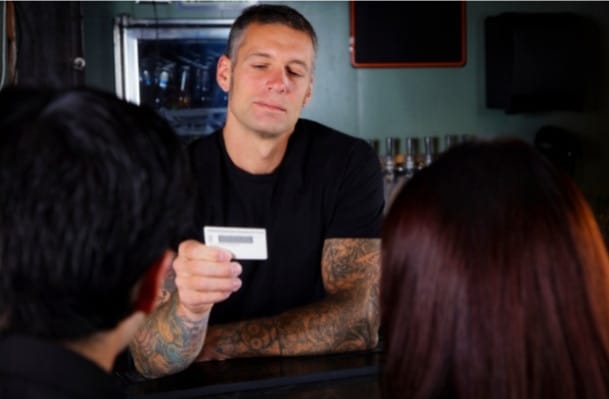




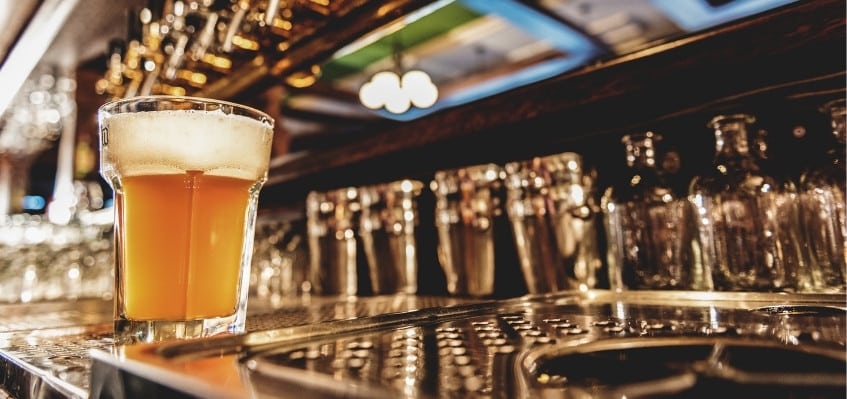
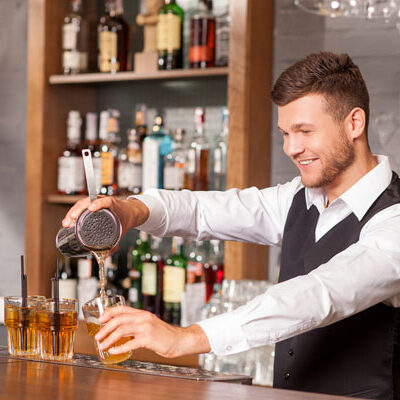



Buy Proxy List Socks5
Great post, very informative. I wonder why the other specialists of this sector do not notice this.